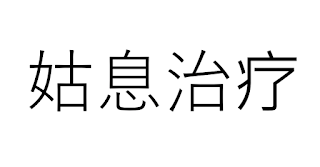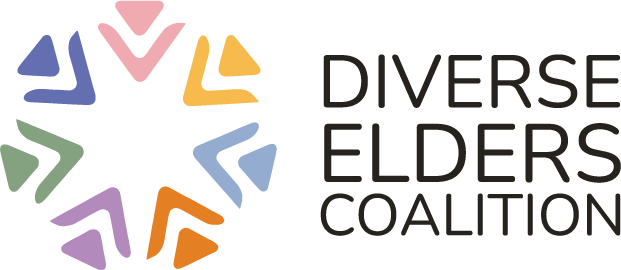by Cynthia X. Pan, MD, FACP, AGSF. This article originally appeared on the GeriPal blog.

My colleagues often ask me: “Why are Chinese patients so resistant to hospice and palliative care?” “Why are they so unrealistic?” “Don’t they understand that death is part of life?” “Is it true that with Chinese patients you cannot discuss advance directives?”
As a Chinese speaking geriatrician and palliative care physician practicing in Flushing, NY, I have cared for countless Chinese patients with serious illnesses or at end of life. Invariably, when Chinese patients or families see me, they ask me if I speak Chinese. When I reply “I do” in Mandarin, the relief and instant trust I see on their faces make my day meaningful and worthwhile.
At my hospital, the patient population is about 30% Asian, with the majority of these being Chinese. Most of these patients require language interpretation. It becomes an interesting challenge and opportunity, as we often need to discuss advance directives, goals of care, and end of life care options with the help of language interpretation. It is challenging because we can barely conduct these sensitive discussions in English, much less having to interpret through a third party. To make matters more difficult, the translation of key terms into Chinese are archaic and actually scary to patients and family members.

For example, the Google translation of Palliative Care is “姑息治疗.” Back translated, the meaning is essentially “Do Nothing Care.” Similarly, the Google translation of Hospice is “临终关怀”, literally meaning “Last Minute Care.” Is it any wonder that patients whose goals are comfort oriented end up declining hospice and palliative care once they hear the translated words?
Words Do Matter.
Chinese patients, by philosophy, are usually fairly realistic and matter-of-fact about accepting the life cycle, as evidenced by a well-known proverb: “生老病死.” Translated into English, it signifies:
“You are born, you age, you become ill, you die.”
In a community survey that I conducted among residents in Queens, NY, I found that when surveyed in their preferred language, Asian (including Chinese and Korean) and Hispanic adults reported variable levels of familiarity with hospice services; most responded positively to receiving future information and would tell friends and family members about hospice.
As a Chinese-American physician, I think of myself as serving as a cross-cultural bridge. Not only provide excellent medical care and palliative care, but also to help bridge these nuanced conversations. I have found certain differences when approaching Chinese patients compared to American patients.
- For American patients, the standard of care to discussing advance care planning is to ask patients for their values and preferences, and if they would apply certain interventions to themselves directly, thus establishing a standard of “clear and convincing evidence.” For Chinese patients, whose cultural norm is more conservative and reserved, this approach is too direct and not well accepted. Chinese patients would respond more favorably to a more indirect and less threatening approach. Physicians can describe sample cases of serious illness or end-of-life scenarios, and ask their Chinese patients for their opinions about these scenarios, thus gleaning patients’ perspectives indirectly.
- Many Chinese patients respect their physicians’ opinions. However, many Chinese physicians, in my experience, are fearful of advance care planning, end of life discussions, and projecting these fears and lack of acceptance to their patients.
- Many Chinese patients do wish to participate in their own medical decision making. They just need to be asked. Even if they do wish to participate, many Chinese patients still subscribe to a family-based decision-making process, and would wish to involve their families, rather than making decisions completely autonomously.
Getting back to Words Do Matter. What can we do about proper translation of the terms “palliative care” and “hospice” in Chinese? I reached out to Google to inquire. It turns out that there is no direct way to fix it, but we can try to improve the translation through the translate community:
At translate.google.com/community, you can help improve Google Translate in your language, by providing translations for common or important queries and verifying the correctness of translations provided by others. If enough people can help make suggestions, that will help!
Here are my proposals for proper and modern translations of palliative care and hospice:
• For Palliative Care, “舒缓治疗” – meaning “a gentler, kinder approach to care.” This is the most common expression of palliative care in China.
• For Hospice, “安宁照顾” – meaning “care focused on comfort and peace.”
What’s my next step? Contacting Pacific Interpreter and propose that they use the above translations.
Any other thoughts, please contact me!
The opinions expressed in this article are those of the author and do not necessarily reflect those of the Diverse Elders Coalition.
